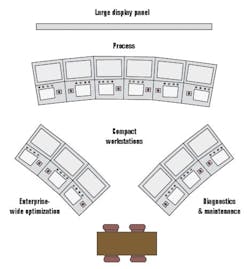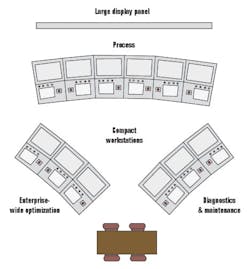The Control Room of the 21st Century
The value of all modern tools depends on the human operator's ability to use them. Therefore, the control room of the 21st century not only must serve the business interests of enterprise-wide optimization but also must be more operator-friendly.
The human operator's hand, psychological characteristics, hearing, and color discrimination capability all must be part of the design. Even more importantly, the personality and the education of the average operator must be considered. The human-machine interfaces (HMIs) of the future should be the operator's window on the process and not the work-product of some software engineer who has never seen a pump or a distillation tower.
In the past, the operator's window on the process was little more than the sum of the faceplate of an analog controller and some annunciator windows. Today, when a single operator is expected to monitor hundreds if not thousands of control loops, that operator must not only be provided with integrated diagnostic, trend, and historical data, but that data must be in an easily understandable and familiar format.
For that purpose, it is essential to provide in the control room a large display panel on which the operator can call for a variety of visual aids. One of these visual aids should be the graphic display of the whole plant. This large display, this graphic flow-sheet, should provide the operator with all the important trend and status data and should call attention to all abnormal conditions by color and flashing.
The operator should have the ability to not only focus on the unit operation he is interested in but to select a single control loop or loop component and review its present and past performance. The operator must also have the ability to focus-in further by selecting subsystems or individual loop components, such as a control valve. Naturally, as the operator focuses in on smaller and smaller components of the process, the amount of information about the component's status and past performance must increase.
It is also desirable that the process operator work closely with both the plant maintenance people and the business people whose activity determines the raw material flow to the plant and the packaging and shipping of the product from the plant into its distribution network. To reach this goal, it is best to have the people responsible for these tasks to be physically in the same control room (Figure 1).
Figure 1: All Together Now
Process operators, plant maintenance personnel, and supply chain management must work closely together and should be physically in the same control room.
Another essential feature of modern control systems is the ability to allow for smooth growth. This feature is referred to as their scalability. Scalability is very important in process control, because processing plants are ever expanding, and therefore their control systems must also grow with them. A modular approach to operator stations makes the additions and therefore expansion much easier.
Levels of Optimization
The highest level of optimization is business or enterprise-wide optimization. This includes not only the manufacturing process, but also the optimization of the raw material supply plus product packaging and distribution chains. This is a higher and more important level of optimization than is process optimization alone, because it requires the simultaneous consideration of all three areas of activity and the finding of enterprise-wide operation strategies, which will keep all three areas within their optimum areas of operation.
Plant-wide optimization also involves more than the optimization of the unit processes, because it must also consider documentation, maintenance, production scheduling, and quality management considerations. Plant-wide optimization involves the resolution of the sometimes conflicting objectives of the many unit operations and the envelope strategies required to optimize the entire plant.
At the unit operations level, it goes without saying that multivariable optimization cannot be achieved when individual processing equipment is defective or when control loops are not properly tuned. In addition, it is important that measurements be sampled fast enough and that loops be tuned for fast rates of recoveries. Loop cycling must be eliminated, which usually requires the elimination or compensation for interactions between loops. When no mathematical model can describe a process and it can only be optimized experimentally, empirical optimization is required.
The building of this new generation of control rooms is a challenge to both the suppliers and the users. The suppliers must concentrate on human engineering, so their products will be more operator-friendly, while the challenge to the users is to develop plant-wide optimization strategies.
B©la Lipt¡k, PE, process control consultant, is also editor of the Instrument Engineers' Handbook and is seeking new co-authors for the forthcoming new edition of that multi-volume work. He can be reached at [email protected].


